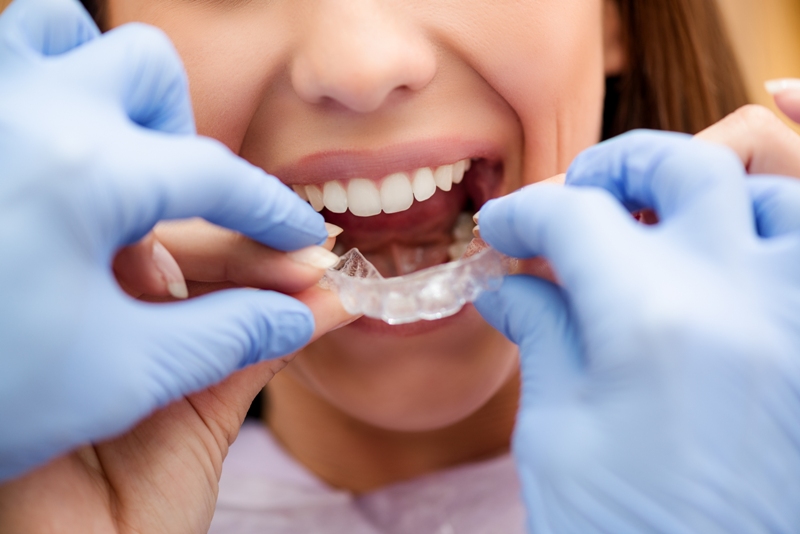Disclaimer: This website provides health information for educational purposes only and is not a substitute for professional medical advice, diagnosis, or treatment. Always seek the guidance of a qualified healthcare provider with any questions you may have.
was introduced in the 1990s and since then it has become a popular method for discreet teeth straightening among adults.
Patients who have to live with crooked, crowded or spaced out teeth may be good candidates for this innovative treatment. However, despite its popularity, there are many inaccurate stories out there about Invisalign in Richmond, which an experienced dentist in southwest London, such as Sheen Dental, can set patients straight about. Let’s take a look at a few common Invisalign myths.
Myth Number 1: Invisalign is Only for Adults
Contrary to popular belief, Invisalign in Richmond is not just for adults. With Invisalign Teen, teenagers can take advantage of this treatment even if not all of their permanent teeth have come through yet. Invisalign Teen is specifically designed for young teenagers who wish to fix mild to moderate smile imperfections. Blue wear indicators help teenagers know how long they’ve been wearing their aligners, so they know when to switch them out for the next set.
Myth Number 2: Invisalign Moves Teeth Faster
While each patient is unique and treatment time can differ due to many factors, both Invisalign and traditional fixed braces move teeth at a comparable pace. Invisalign however is not used for more complex cases and therefore treatment times usually take between 12-18 months, whereas traditional fixed braces can take two years or more to resolve complex issues.
Myth Number 3: Smoking is Allowed When Wearing Invisalign Aligners
Many people are under the false impression that smoking is allowed with Invisalign. Smoking is strictly forbidden when the Invisalign aligners are on, since smoking can discolour the aligners. Cleaning, scrubbing or washing will not be able to remove the yellow residue from the aligners, rendering them far more visible to onlookers.
Myth Number 4: Invisalign Makes it Hard to Clean the Teeth
Invisalign aligners do not make it hard to keep teeth and gums clean. Since they can be removed for a few hours during the day, ideally no more than two, patients can brush and floss their teeth as they normally would. Aligners should also be removed whenever a patient eats and whenever they drink anything other than water.




